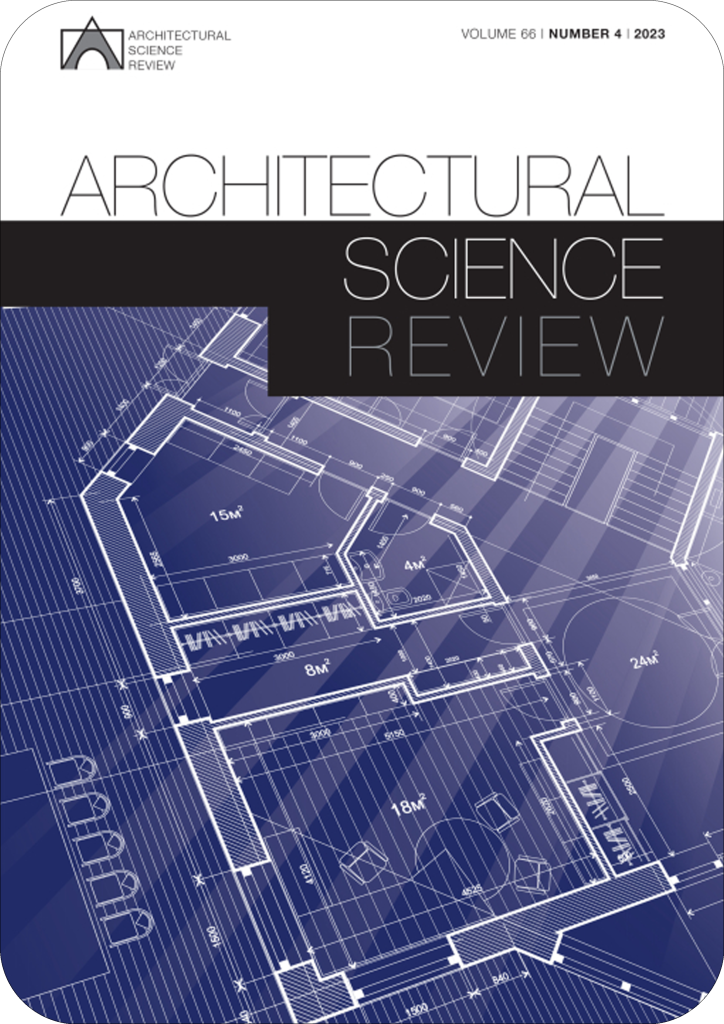
Abstract: Small apartments exist in dense cities worldwide. Developing adequate quality small apartments in city centres would strongly attract current demand. Analysis, predictive tools and design concepts regulated for better interior design and lower perceived density would provide residential environments with happier tenants. This research evaluates perceived density and visual privacy in alternative minimum apartments based on the spatial openness index three-dimensional visibility analysis, i.e. their accumulated three-dimensional visibility calculations. The compatibility of the spatial openness index concept as predicting perceived density in minimum apartments was examined and assessed. An empirical study was conducted using a virtual reality experiment in a controlled environment – An immersive three-dimensional visualisation laboratory1, with more than 100 subjects participated in the experiment. Significant relations were found between perceived density and visual privacy for all apartments (single and double story). The measured volume of visible space from the door viewpoint (the entrance to minimum apartments) and the perceived density evaluated there by participants, and a general evaluation for the apartment are strongly related for both (single and double story groups). Strong correlation was found between visibility measurements from the door and the ‘visual privacy’ at the sofa/bed. According to assessment results the spatial openness index three-dimensional visibility analysis can predict the perceived density of minimum apartments.
More Papers



